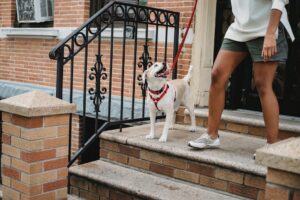Being a dog owner, you are bound to deal with your dog pulling on his leash. Hopefully, this will only be the case in the beginning while he or she still isn’t trained. This is a process that takes time and the right aid: a dog collar or harness.
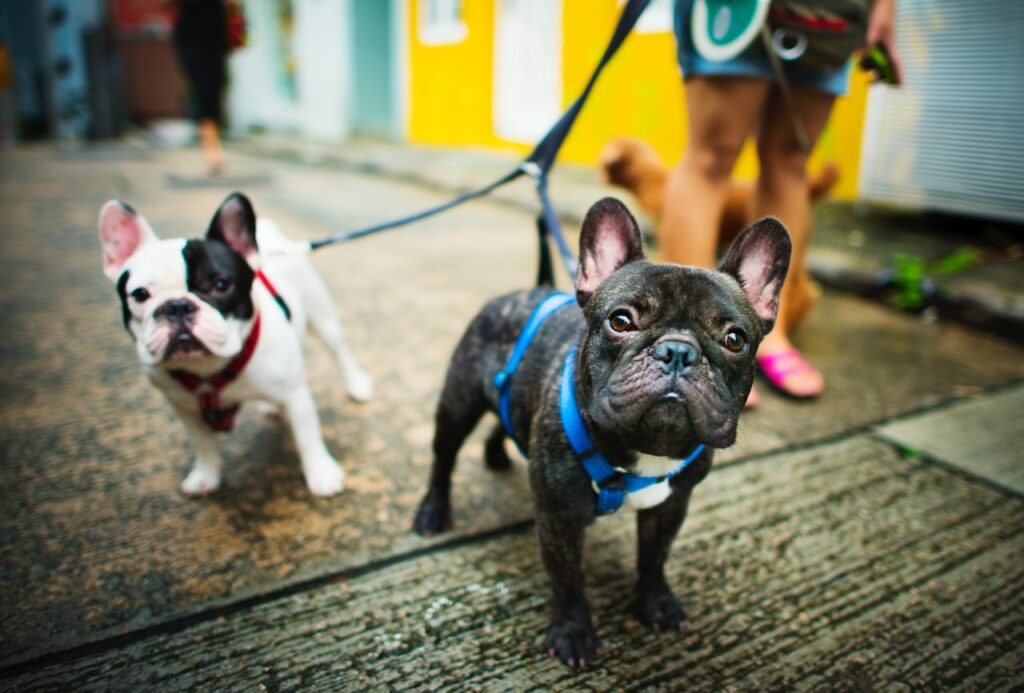
There are many pros and cons to consider when choosing between a collar or a harness. Although collars are the most common to use, there are quite a few dogs who end up having a lot of discomfort while wearing them. Experience has shown that over time, collars can cause harm to your dog’s health. On the other hand, some types of harnesses can sometimes only further encourage the undesired pulling. What you want is a disciplinary tool that you can use without causing any pain or harm to your dog.
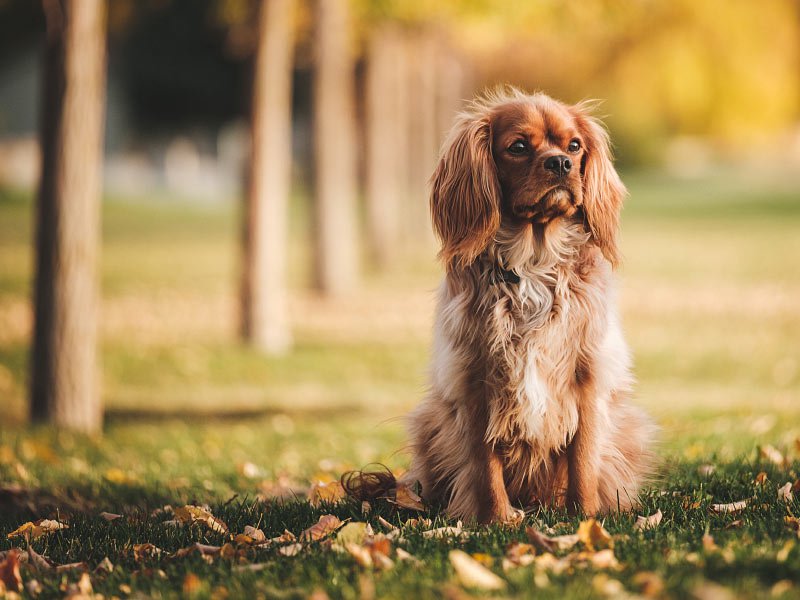
Making this choice requires you to take 3 things into account:
- Your dog’s breed – its constitution
- Your dog’s medical condition
- The desired behaviour (do you simply want to teach your dog not to pull or have more control over him or her).
So let’s consider the options out there so you can decide which one would suit your dog best.
Using a Collar – Pros and Cons
If you have a sensitive dog, this is most likely not a good choice for you. Collars can not only cause neck injuries but could also lead the dog’s eyeballs to protrude from their sockets. If you have a toy dog, especially a breed with respiratory issues such a pug, you can immediately skip collars. Also, their use is thought to contribute to spinal issues as well as cause damage to the thyroid and trachea.
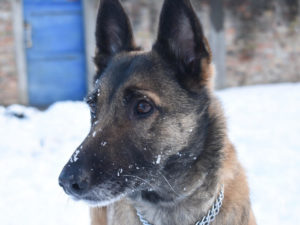 However, when you have a large dog who is often outside, a collar is practical. So, as long as your dog does not have a sensitive constitution or respiratory issues, a collar is absolutely fine. Also, when your dog has long hair, it is less likely to get tangled up in it, as opposed to a harness.
However, when you have a large dog who is often outside, a collar is practical. So, as long as your dog does not have a sensitive constitution or respiratory issues, a collar is absolutely fine. Also, when your dog has long hair, it is less likely to get tangled up in it, as opposed to a harness.
If your dog is spending a lot of time outside, you will likely use a collar anyhow to repel fleas and ticks. In this case, getting your dog adjusted to a collar is a good idea. Sometimes, just like humans, dogs get irritated without any particular reason. So it is not a bad idea to make him feel comfortable when wearing a collar. Then, if your vet advises to use a tick-repelling collar, your dog won’t mind wearing it.
Using a Harness – There Is No One Size Fits All
 When it comes to puppies, using a harness is a great way to teach your dog how to walk on a leash. You can choose between front-attaching and back-attaching harnesses. By using a harness, you can easily prevent your dog from jumping on other people and running around. Most importantly, tugging will be pain-free, unlike when using a collar.
When it comes to puppies, using a harness is a great way to teach your dog how to walk on a leash. You can choose between front-attaching and back-attaching harnesses. By using a harness, you can easily prevent your dog from jumping on other people and running around. Most importantly, tugging will be pain-free, unlike when using a collar.
When it comes to small breeds that are more sensitive to pressure, a back-attaching harness would be best. On the other hand, when your dog has trouble learning to behave on a leash and especially when it’s a larger dog, a front-attaching harness would be the way to go. Just note that front-attaching harnesses are more painful than the back-attaching ones.
However, the back-attaching ones will not be as helpful when disciplining your dog. So, this is not an option for a large dog. But, when it comes to delicate toy breeds, especially those with respiratory issues, a back-clip harness is the best choice there is.
If your dog is still having trouble behaving well, try using the front-attaching one for training-purposes. But make sure to switch back to the back-attaching one as soon as possible.
Also, keep in mind that simply switching from a harness to a collar if your dog has behavioural issues will not solve your problem. First and foremost, it is up to you to teach your dog to listen to you. So whichever option you choose, training your dog comes first. If you train your dog well and spend quality time together, you will most likely achieve the desired walking behaviour without having to use any painful alternatives such as chokers. Positive reinforcement can sometimes be all that you need.
Hybrid choice – Head Halter
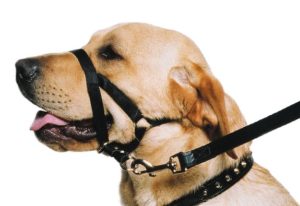 If own a large dog that you have trouble disciplining with the above two, try using a head halter. This option is more humane than using a choker. It looks like a fabric muzzle, but that’s not what it is. A head halter is made out of fabric that runs around the back of the head and another strap that goes around the muzzle. So for those not having any luck with dog collars and harnesses, a head halter will provide you with an optimal blend of restraint and behavioural correction. Although not so common on dogs, you have surely seen these on horses and camels. Make sure it fits properly. Tug gently and only use it as a tool until the goal is achieved.
If own a large dog that you have trouble disciplining with the above two, try using a head halter. This option is more humane than using a choker. It looks like a fabric muzzle, but that’s not what it is. A head halter is made out of fabric that runs around the back of the head and another strap that goes around the muzzle. So for those not having any luck with dog collars and harnesses, a head halter will provide you with an optimal blend of restraint and behavioural correction. Although not so common on dogs, you have surely seen these on horses and camels. Make sure it fits properly. Tug gently and only use it as a tool until the goal is achieved.
Neither
Needless to say, you have to ensure that your dog is very well trained in order to opt for such a bold move. But, if you live in the city, the streets are not a natural place to be, not even for us, let alone for dogs. You can have a superbly trained dog, but if his or her instinct to chase a prey awakens, it will overcome any taught command. So for your dog’s safety, it is advisable to always use a leash when in a city-like surrounding. Large dogs do need to be active, but make sure you let them run free only in specifically designated areas.
Do not forget…
Make sure that your dog is tagged. So even if you opt for a harness while walking, make sure he has a collar with a name tag to be with him or her at all times. A chip won’t be that helpful if the dog runs away. You want the first person who he runs into to know he is lost. It is highly unlikely that they will have a chip reader with them.
This brings us to another advice, always have some treats with you when you go for a walk. If your dog’s instinct prevails over his training, treats are perhaps the most powerful tool in getting his or her attention.
When you have a hunting dog such as a beagle, this chase is deeply embodied within their DNA so you don’t want to take any chances. Some dogs were bird-hunters while others are scent hounds. It’s believed that humans and dogs have been hunting together since the beginning of canine domestication. And hunting was crucial for the survival of both species. So, when on city streets, your dog is more likely to run off chasing a prey than to wait for the green light. Therefore, teaching your dog how to behave on a leash is a must for his own safety. Just preferably, follow the above advice to try do it in a pain-free manner.


